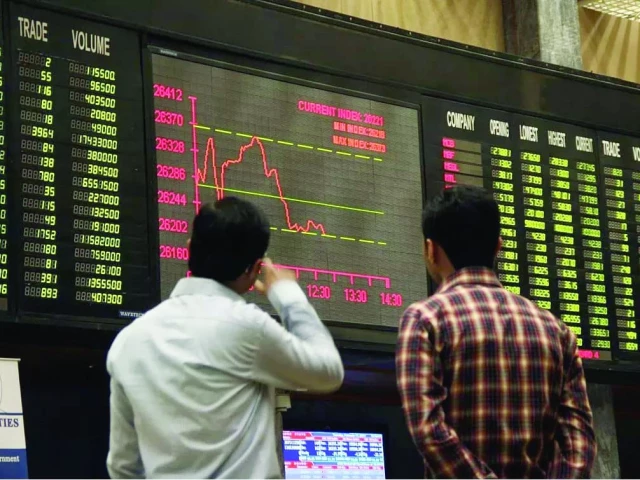Business
SBP offers interest-free financing for e-bikes, rickshaws: Here’s who qualifies | The Express Tribune
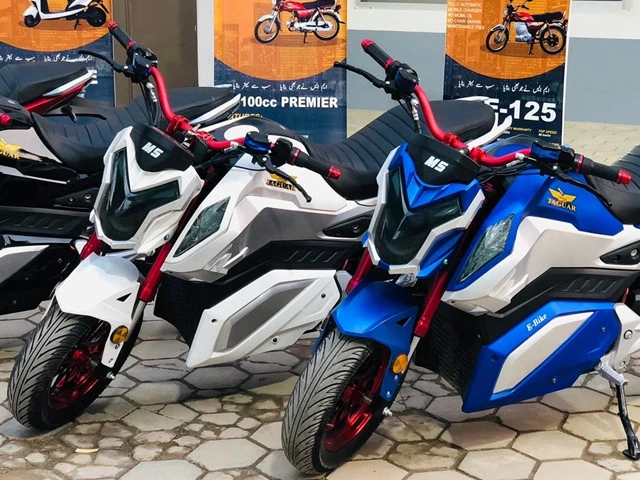
The State Bank of Pakistan launched an interest-free financing scheme for the purchase of electric bikes, rickshaws and loaders as part of efforts to boost energy efficiency and green technologies in the automotive sector.
Under the initiative, the federal government will provide a capital subsidy of up to Rs50,000 for two-wheelers and Rs200,000 for three-wheelers.
Banks will extend both conventional and Islamic financing facilities, capped at Rs200,000 for e-bikes and Rs880,000 for rickshaws or loaders. The maximum loan tenor will be two years for bikes and three years for rickshaws or loaders.
“The Federal Government has introduced a ‘Cost Sharing Scheme for Electric Bikes and Rickshaws/Loaders’ with a view to promote energy efficiency and transition to green technologies in the automotive sector,” the central bank circular read.
Read More: Women on wheels: Sindh distributes scooties under ‘Pink Scheme’
The scheme will cover financing for around 116,000 e-bikes and 3,170 e-rickshaws/loaders during FY2025-26 in two phases. In the first phase, 40,000 e-bikes and 1,000 e-rickshaw/loaders will be distributed. The second phase will include the remaining 76,000 e-bikes and 2,171 rickshaws/loaders.
To ensure inclusivity, 25% of e-bikes are reserved for women. Another 10% quota is allocated for those using e-bikes for courier or delivery services, while 30% of rickshaws/loaders are earmarked for fleet operators. Eligibility for fleet operators will be determined by a Steering Committee.
All Pakistani citizens, including those in Gilgit-Baltistan and Azad Jammu and Kashmir, can apply for e-bikes. Fleet operators may apply for rickshaws and loaders. Borrowers must make a minimum 20% equity contribution, though the subsidy may fully cover this portion. Any amount beyond the subsidy will be paid upfront by the borrower.
The bank pricing has been fixed at six-month KIBOR plus 2.75%, but the end-user rate will remain at 0% as the government covers the full mark-up subsidy. The Engineering Development Board has shortlisted manufacturers and models. Original Equipment Manufacturers will be responsible for timely delivery and after-sales service under the scheme.
Rs100b okayed for e-bikes, rickshaws
Last month, the government approved the first phase of a Rs100 billion scheme to provide electric bikes and rickshaws at a subsidised cost by collecting Rs122 billion from owners of conventional cars, aimed at increasing the number of environment-friendly vehicles to one-third.
The Economic Coordination Committee (ECC) of the cabinet approved the first phase of the plan, which was designed to ensure the provision of 116,000 electric bikes and 3,170 rickshaws by offering up to Rs200,000 in interest-free loans and equity.
Chaired virtually by Finance Minister Muhammad Aurangzeb, the ECC also cleared a Rs30 billion subsidy to settle dues under the foreign remittances initiative from a backlog of Rs59 billion.
Also Read: High achievers from public colleges awarded e-bikes
A finance ministry statement said the ECC had approved a summary submitted by the Ministry of Industries and Production regarding the implementation of the subsidy scheme to promote the adoption of electric bikes and rickshaws.
Under the plan, about 116,000 electric bikes and 3,170 electric rickshaws and loaders would be introduced in two phases. In the initial phase, expected to be launched by the prime minister, 40,000 electric bikes and 1,000 electric rickshaws and loaders would be rolled out.
The government also approved the distribution of 219 free-of-cost electric bikes to the two top position holders in federal colleges across four disciplines. The maximum cost of the bike was capped at Rs250,000 under the scheme. The finance ministry said a budgetary provision of Rs9 billion had already been made for the current fiscal year to finance the initiative.
As part of new IMF loan conditions, the government had imposed a 1–3% levy on car owners in the budget, estimated to raise Rs122 billion from conventional fuel-based vehicle users.
Also Read: Govt to offer electric bikes on two-year instalments
Of this amount, Rs100 billion would be allocated to subsidies for promoting environment-friendly vehicles. The goal was to ensure that at least 30% of vehicles sold annually would be based on clean energy by 2030.
The scheme provided Rs50,000 in equity and Rs200,000 in interest-free loans for electric bikes. For three-wheeler rickshaws, the equity component was Rs200,000 and the interest-free loan Rs180,000. Every citizen between 18 and 65 years of age was made eligible for the scheme, with a 25% quota reserved for women.
Subsidised bikes and rickshaws were to be distributed according to provincial population, with Balochistan allocated an additional 10% quota adjusted against Punjab and Sindh.
The ECC also approved Rs30 billion in subsidies to clear the backlog of the foreign remittances initiative. The finance ministry said Rs30 billion would be released this quarter through a technical supplementary grant, with the remaining funds to be considered from savings in upcoming quarters.
Sindh distributes scooties under ‘Pink Scheme’
Earlier, Sindh also announced free electric scooters for women under the “Pink Scooters Program”. Pakistan Peoples Party Chairman Bilawal Bhutto Zardari handed over keys to women beneficiaries of the “Pink Scooty Scheme,” a government initiative in Sindh that provides free electric scooters to women.
The scheme, launched by the Sindh Transport Department, aims to improve women’s mobility and create greater access to transportation and employment opportunities across the province.
Eligible applicants must be permanent residents of Sindh, hold a valid driving license, and be either enrolled in an educational institution or employed. Beneficiaries must also agree not to sell or sublet the scooty for a minimum of seven years.
Business
Chancellor abandons planned income tax hike because of improved forecasts

The Chancellor has abandoned plans to hike income tax at the Budget because of improved economic forecasting.
Rachel Reeves had been expected to hike income tax in the face of a yawning gap in her spending plans, hinting as recently as Monday that the alternative would be “deep cuts” to public investment.
But reporting overnight claimed she has abandoned introducing an income tax rise at the November 26 Budget over fears it could anger both voters and backbench Labour MPs.
The PA news agency understands the strength of tax receipts has improved forecasting from the Office for Budget Responsibility, allowing for the U-turn.
This is particularly the case on stronger wage performance: the higher wages are, the more tax is paid on them.
A downgrade in productivity has also not been as bad as was first feared.
While Ms Reeves is no longer understood to be pursuing an income tax hike, tough choices are still said to lie ahead for the Government and other tax rises have not been ruled out.
Income tax thresholds could still be reduced while tax rates are kept the same, a move which could raise billions of pounds for the Treasury.
Limits to salary sacrifice schemes, as well as new measures to tax electric vehicles, are still in the mix as the Treasury pursues a “smorgasbord” approach of raising a range of smaller taxes.
The Chancellor has not changed her approach, it is understood, and still intends to give herself larger fiscal headroom – the buffer against economic headwinds which could impact Government spending plans.
The latest Budget measures were submitted last week, rather than being a knee-jerk response to the turmoil in No 10 this week sparked by a briefing war.
Ms Reeves has been laying the ground for tax rises over recent weeks, including during an early-morning speech on November 4 aimed at preparing the public for the Budget.
Downing Street insisted that the thrust of the speech “stands”.
The Prime Minister’s official spokesman said: “She was very clear about the challenges the country faces and her priorities in addressing those challenges.
“All of that still stands.”
The spokesman refused to comment on Budget speculation, but said the Chancellor will aim to “build more resilient public finances with the headroom to withstand global turbulence”.
This would “give businesses the confidence to invest and leaving the Government freer to act when the situation calls for it”, he added.
Government borrowing costs rose in the wake of the apparent U-turn on income tax on Friday morning.
Speculation about the change in direction sparked a sell-off in UK Government bonds, also known as gilts: the means by which the Government borrows money from private investors.
The gilt market later stabilised somewhat as the reasoning behind the Treasury’s decision-making became apparent.
Among those who welcomed suggestions the tax rise had been abandoned was Health Secretary Wes Streeting.
He told PA: “What I would say about this morning is, it is really important that we keep the promises that we made to the public at the last general election.
“Our economy was broken by the Conservatives, so were our public services, but so was trust in politics itself.
“Our job is to rebuild the economy, rebuild our public services, and rebuild trust in politics.”
Helen Miller, director of the Institute for Fiscal Studies (IFS) think tank, said it was “not unusual” for chancellors to make last-minute changes to their Budget plans.
She added: “But the news that Rachel Reeves has backed away from a plan to increase the rates of income tax will lead investors to worry that the Chancellor will instead increase a range of smaller taxes that can be more damaging to economic growth.
“They may also worry that the change of plans signals that this Government are reluctant to do politically difficult things.
“These are the kinds of concerns that can lead investors to demand higher returns when lending to the Government.”
If the Government does choose to raise a set of smaller taxes, they should also be reformed “so that they do less damage to growth”, the IFS chief said.
Business
GST cut drives MSME loan demand – The Times of India

CHENNAI/MUMBAI: The GST rate cut is driving MSMEs to seek additional funding from banks for expansion. After the GST rejig, banks have seen a spike in enquiries for advances from the MSMEs. It comes amid lenders having moved closer to their annual targets for the MSME segment in the first half of the current fiscal. For instance, state-owned Indian Overseas Bank has recorded its MSME portfolio touching Rs 48,000 crore as of Sept 30, 2025, out of the total target of Rs 51,000 crore for the full financial year, a 16.7% increase YoY.
Indian Overseas Bank’s MD & CEO Ajay Kumar Srivastava said govt has taken several initiatives to accelerate MSME growth, such as their classification and turnover. Noting that the bank is likely to reach Rs 55,000 crore in its MSME portfolio this fiscal, he said, GST will be one of the major factors. “We are focusing on the manufacturing (in the MSME) sector,” he added.To target the high-growth MSME segment, the country’s largest lender SBI has launched digital MSME loans. These loans offer MSMEs end-to-end sanctions in 45 minutes. The bank has processed nearly 2.3 lakh such accounts with credit limits of Rs 74,434 crore up to Aug 2025. Indian Bank MD & CEO Binod Kumar said, there has been good traction from the MSMEs, with the YoY growth tripled from 5-6% to around 17% (FY25 vs FY26). “We are seeing demand mainly from the services sector, including hospitality. It is for their expansion plans or setting up new hotels both during pre- and post-GST 2.0. Major demand is also coming from the ancillary units. We will exceed our target for MSMEs this year,” he said. PNB has launched a slew of products, including comprehensive financing up to Rs 100 crore, digital MSME loans enable paperless lending up to Rs 25 lakh. The bank has also introduced a fully digital MSME loan of up to Rs 5 crore backed by CGTMSE guarantee and concessional rates.Bankers said that another reason for the thrust on MSME loans is that the new regulations on expected credit loss make it less capital intensive for banks to lend to MSMEs.
Business
Sensex gains for 4th day, Rupee rises against dollar – The Times of India

MUMBAI: The sensex and Nifty sustained their positive momentum for the fourth consecutive day and settled with modest gains on Friday, aided by a buying rush in FMCG, banking and telecom sector shares. The sensex ended 84 points higher at 84,563, while Nifty went up 31 points to settle at 25,910. Both indices were off to weak starts when trading began. Meanwhile, the rupee rose 4 paise to close at 88.66 against the dollar. However, strength of the American currency and rising crude oil prices prevented sharper gains in the local unit, forex traders said. Brent crude was trading 1.6% higher at $64 per barrel in futures trade. agencies
-

 Entertainment7 days ago
Entertainment7 days agoChina unveils£5.4 bn Fujian, its most advanced aircraft carrier yet
-

 Politics7 days ago
Politics7 days agoIDF lawyers warned of possible Gaza war crimes: US intel findings
-

 Entertainment1 week ago
Entertainment1 week agoRobert Pattinson jokes about competing with Gen Z
-

 Tech1 week ago
Tech1 week ago‘Vibe coding’ named word of the year by Collins dictionary
-

 Business1 week ago
Business1 week agoFM asks banks to ensure staff speak local language – The Times of India
-
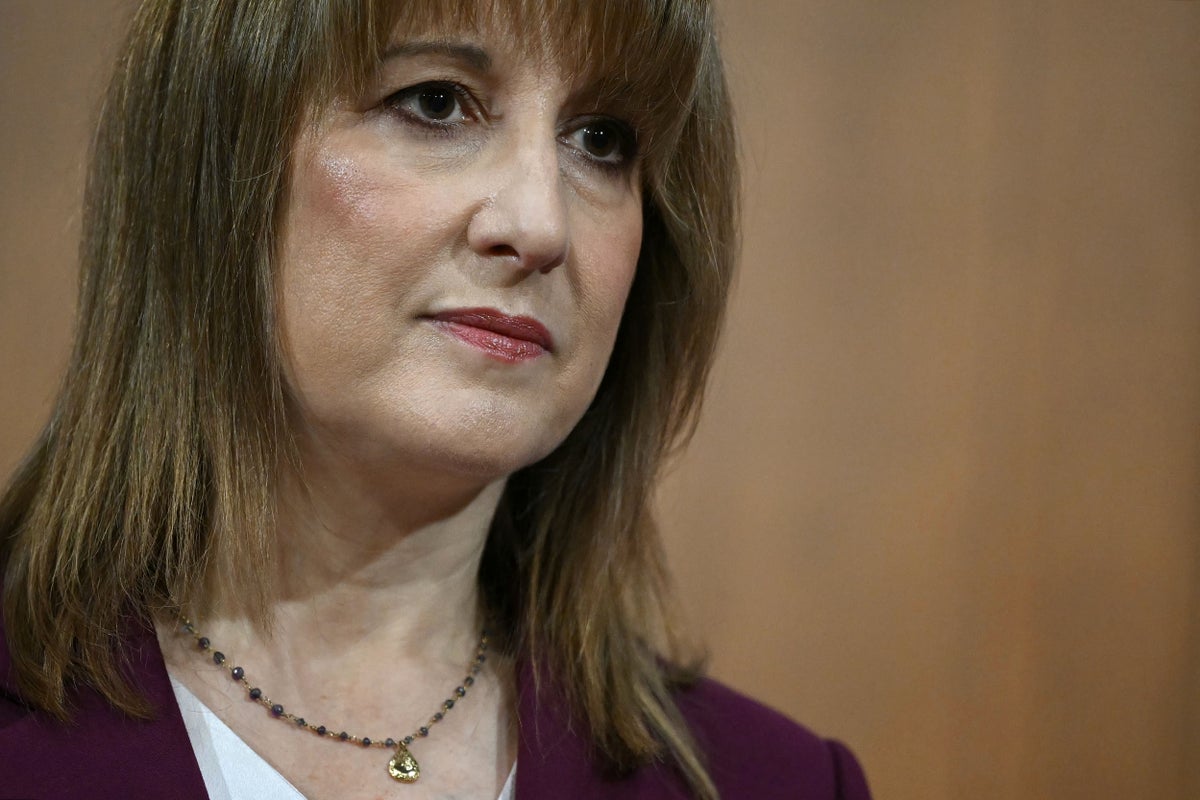
 Business1 week ago
Business1 week agoBudget tax hikes could see food prices soar, major supermarket boss warns
-
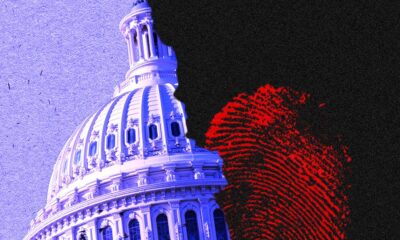
 Tech1 week ago
Tech1 week agoThe Government Shutdown Is a Ticking Cybersecurity Time Bomb
-
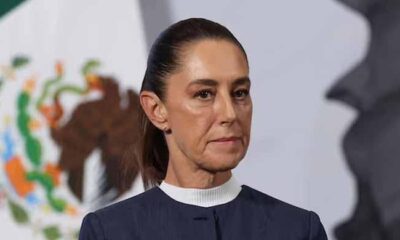
 Politics1 week ago
Politics1 week agoGroping of Mexico’s president puts violence against women in spotlight


